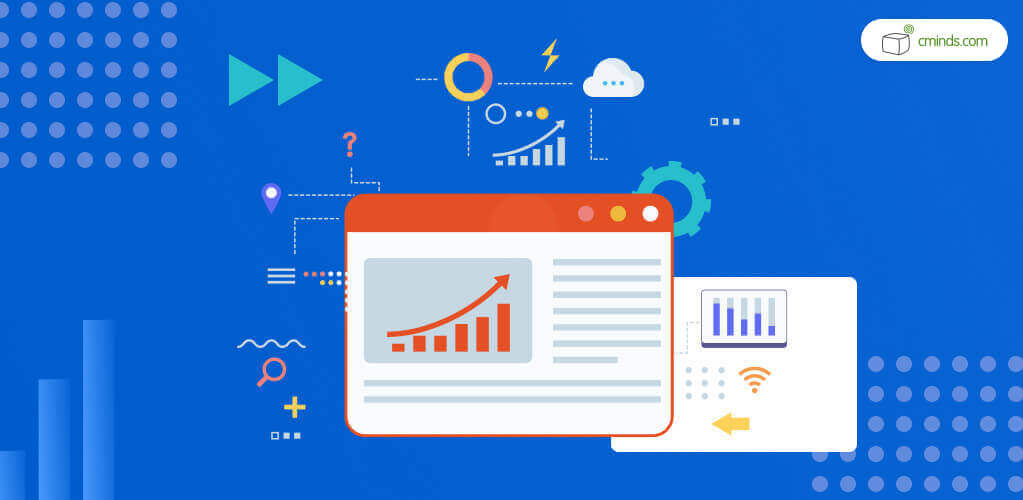Learn more about optimizing your WordPress website and increasing site speed.

Optimizing a WordPress site can be a tedious process that involves improving the overall performance in a few optimization cycles. As WordPress plugin developers, we have dealt with hundreds of sites which included a large scale database with many installed WordPress plugins, and have managed to improve their performance as measured by the GTmetrix level.
After we were done, the overall rating had jumped from D to E or A to B. This was also reflected in the time it took to load the website, which we view as one of the most important metrics in the optimization process. Basically, any optimization will improve your site speed, but the more different tacos you use increases your chances of improving site speed exponentially.
December 2024 Offer – For a Limited Time Only:
Get WordPress Admin Tools Plugin for 15% off! Don’t miss out!
Five Ways to Optimize your WordPress site
Some of the techniques we used to optimize are supported by WordPress plugins, which can be freely downloaded and configured, while others needed more technical know-how. We have also included links to other useful articles that helped us in the optimization process. We believe this list reflects our best practices that had the greatest overall impact on improving the overall performance of the sites we dealt with.
Images

It’s common knowledge that for an image to load quickly, it must fit within its real dimensions and be light in storage space. Is better to optimize images before uploading them onto WordPress. Optimize your site images using Kraken or TinyPNG Making images smaller is ideal for websites because if you find a good image that works, you don’t want it to slow down the site.
So you can optimize the image by making it smaller, while maintaining image quality, and then post it to your WordPress site without taking up a bunch of space and slowing the site speed. This is a simple and effective way to keep your WordPress site speed fast, and the images themselves are helpful tools for optimizing the individual pages of the website.
Database

Managing your WordPress database is a wonderful way to optimize your WordPress site. Use a database optimization plugin like WP-DBManager, to easily complete this. This plugin allows users to repair, organize, backup, restore and more for each database.
Another way to fully optimize site speed on the backend is to add memory to MySql, the WordPress database management system, while editing /etc/my.cnf. Adding more memory allows for more content to be added without compromising the site speed that already exists. Tune your MySql Database parameters to /etc/my.cnf.
CDN
Another option is to use a CDN (Content Delivery Network) such as Amazon CloudFront and use W3 Total Cache for CDN handling the images, JS, and CSS files. This reduces the load latency of these items when these objects haven’t yet been cached by the browser yet.
JS / CSS

Another way is to add code to remove your own added CSS/JS from the header. When adding 3rd party code snippets it usually comes with Js / CSS files. Instead of loading these files in each of your WordPress site pages specifically, activate them only on the pages where there are mend to work saving by this unneeded servers requests and load time.
Some WordPress plugins load unneeded CSS/JS files for specific scenarios, but not always used by your WordPress site. To remove this CSS, you can manually change the plugin code and prevent CSS/JS loading or adding code in functions.php, to externally avoid the plugin from uploading. See this guide for how to disable scripts and styles.
Post Revisions
Another way to optimize site speed is to turn off “unlimited” post revisions. This can be done easily by installing the Revision Control plugin. This plugin gives the user much more control over the revision functionality.
For sites where page caching for logged in users is not possible, such as with WL Members sites, you can still use the W3 Total Cache plugin to just load a cached version of the homepage. This will work, as most users initially hitting the site, won’t have logged in initially.
WordPress Performance Measurement Tools

There are many performance measurement tools which can be used. We found the following helpful for our needs, although the process listed above can take several cycles. We managed to view progress from step to step using such tools:
- GTmetrix is a tool which provides analyzed reports, as well as offers additional suggestions for improving the overall performance of your WordPress site.
- The Google page speed Test is a performance testing platform for developers, to help diagnose issues. This service provides a great way to understand how Google measures your site speed.
Check out our CreativeMinds WordPress plugins collection. All of these WordPress plugins are optimized to work without loading your WordPress site.


